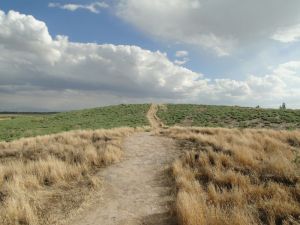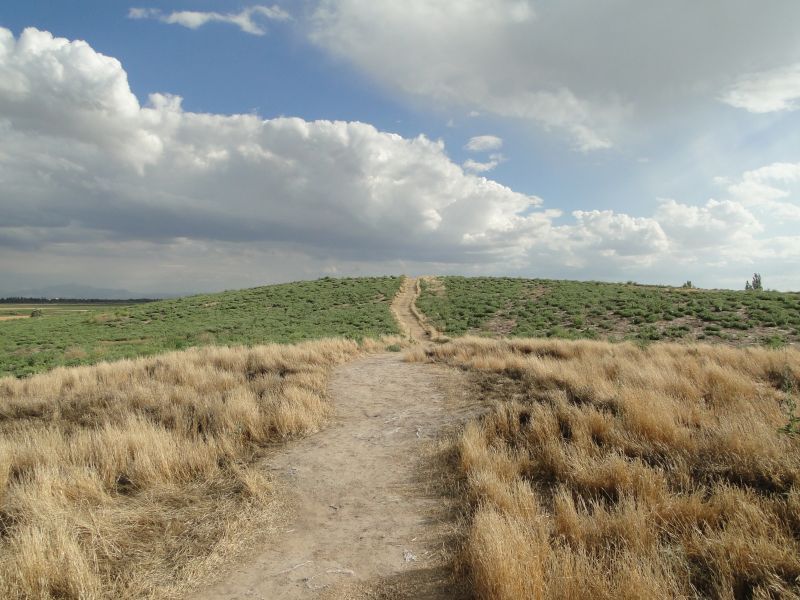The spectrum of commensality in Neolithic Çatalhöyük (Turkey) is considered using ceramics, lipids, animal bones, and architecture. Integrating this data made it possible to capture changes in commensal practices, both culinary and social, with a shift from community commensality to family commensality over the Final occupational phase of the site (ca. 6300-5950 cal BC). The custom of sharing food in small groups probably originated with hospitality and has to do with the significance of food as the original social glue between individuals, families, and communities.
Pawłowska, K., Pyzel, J., Barański, M. Z., Roffet-Salque, M. (2023). Commensality as social integration in Neolithic Çatalhöyük: Pottery, faunal, and architectural approaches. Journal of Anthropological Archaeology, 70, 101509. https://doi.org/10.1016/j.jaa.2023.101509
Commensality is a set of interactions of social interchanges based on the copresence of people who share food and drink at a certain time, in a certain space, and under certain circumstances, along with hospitality.
The article by Kamilla Pawłowska (Department of Paleoenvironmental Research, Faculty of Geographical and Geological Sciences, Adam Mickiewicz University, Poznań), Joanna Pyzel (University of Lublin, Lublin), Melanie-Roffet (University of Bristol, United Kingdom) and Marek Z. Barański (Academy of Fine Arts, Gdańsk) presents integrated results from the study of ceramics, lipid remains, animal bones, and architecture that aim to detect the time of origin and nature of commensality in the past. This new approach has uncovered a correlation between social and culinary changes in Neolithic Çatalhöyük, showing that family commensality developed during the final phase of occupation of this site (ca. 6300–5950 cal BC). It was preceded by commensality on the community level.
Çatalhöyük is one of the most important locations in the ancient Middle East. Here a settlement was established that, over the years, took on the characteristics of a city. Çatalhöyük is thus an ancient proto-urban center of the Neolithic period—a prototype of a city.
The changes in Çatalhöyük, the authors find, involved a shift from communal commensality to family commensality in small groups. Groups began using small pots (bowls) for cooking and serving, as indicated by the residue of lipids on their inner surfaces and soot on their outer surfaces. This gradually displaced the use of large pots (jars). The object of consumption remained the same, namely small ruminants, mainly sheep. However, the degree of food processing increased significantly. These changes are embedded in architectural changes in the form of the growing number of open spaces which served as places where people could share meals.
It is very likely that this domino effect had its basis in climate change recorded about 8200 years ago, as well as the adaptation of cattle to daily consumption.
The results described here can benefit our awareness, since as both a species (Homo sapiens) and a society we sit down to the proverbial common table to share a meal. It may be a sad reflection that modern societies are slowly moving away from this custom, leading to the loss of this heritage.


